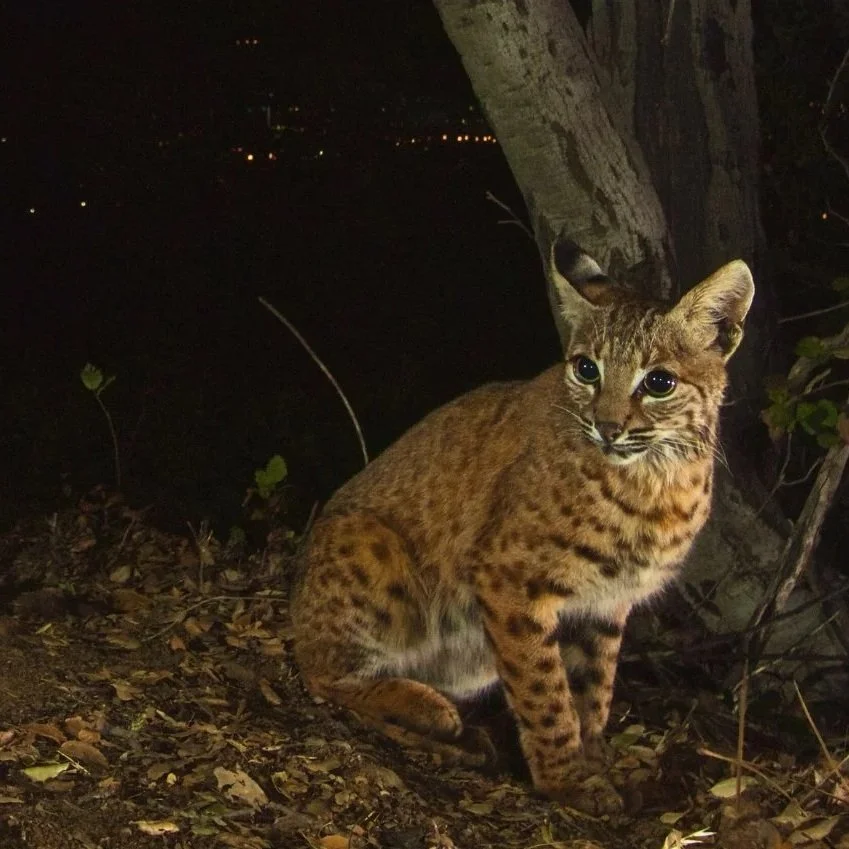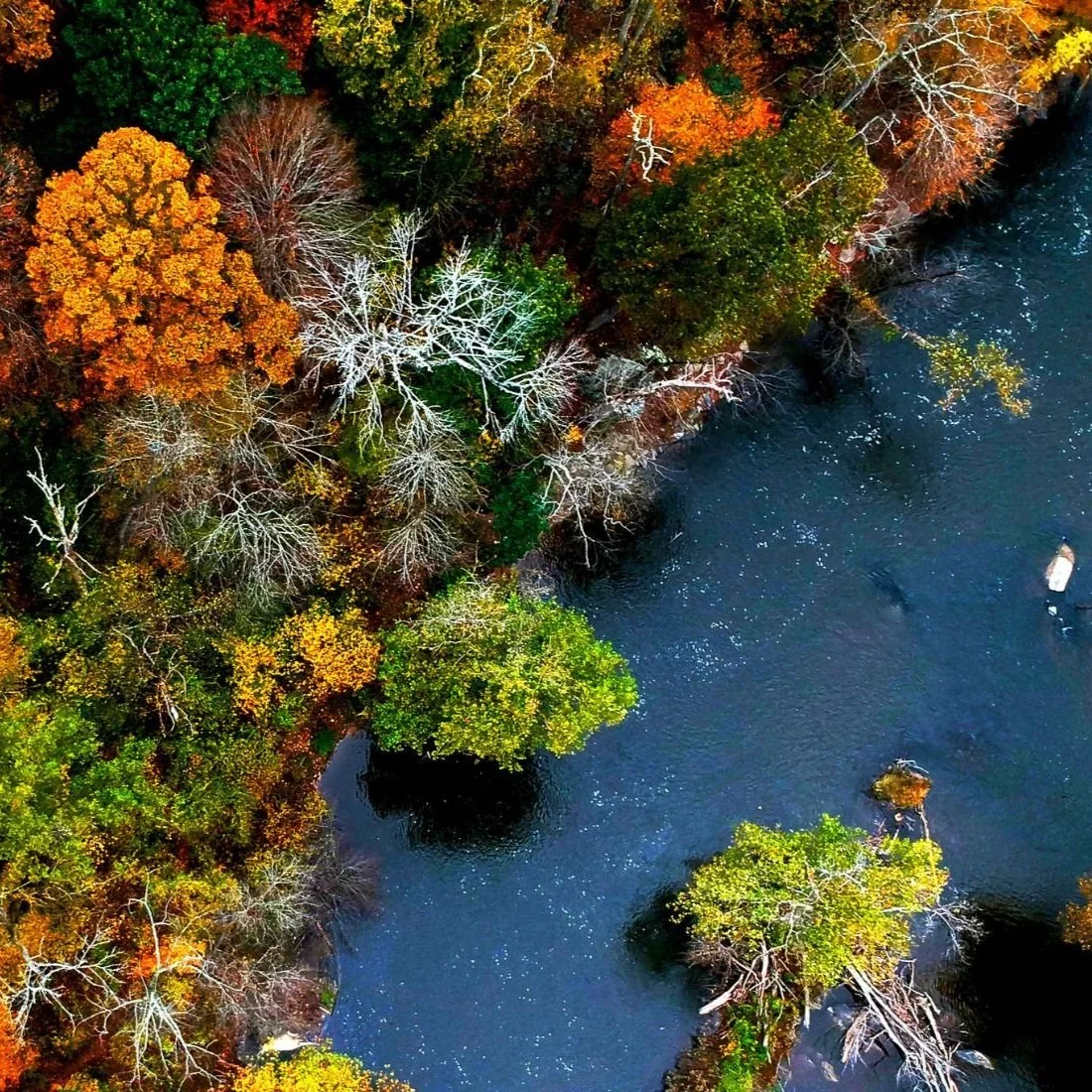Making room for the Bobwhite Quail - A community effort
/How Potomac Conservancy landowners are bringing a beloved bird back from the brink
photo courtesy of USFWS
Fifty years ago, the iconic call of the Northern bobwhite quail was common, and well-known, throughout Virginia.
Today, many Virginians have never even heard of the bird. That’s because their local population has declined 70% since the 1950s due to habitat loss.
Now landowners in Frederick County, many of whom have Potomac Conservancy easements protecting their land, are joining together to bring back the bobwhite.
photo courtesy of the biodiversity heritage library
Missing Bob
John Gavitt, a Potomac Conservancy easement holder, recently told the Winchester Star, “It’s a horrible loss for the ecosystem and people’s enjoyment. I love the birds. I love to see them whistle. One of the telling points for me was at a meeting a week-and-a-half ago ... people did not know what a bobwhite quail was. This is how things have changed.”
Bobwhites depend on native grasslands. They serve are a prey for many other species, so brushy habitats that provide good cover are key to their survival. Native grasses also provide nesting materials and bugs and plants for their diet.
Virginia farmland used to be perfect for bobwhites, but, according to the Winchester Star, “after World War II, Folks said efforts to clean up farms destroyed the brushy habitats quail prefer. Non-native grasslands replaced native ones and herbicides killed a lot of plants beneficial to quail.”
Neighbors lend a hand
So what can be done for the beleaguered bobwhite?
A sustainable population of birds in the county needs requires about 1000 acres of suitable habitat. Since most area farms are much smaller than that, concerned neighbors are joining together improve their adjoining lands for the bobwhites.
Recently, about 15 local landowners and conservationists gathered to discuss the effort, led by Virginia habitat specialist Justin Folks. Folks works with the Virginia Quail and Early-Successional Species Recovery Initiative, which was formed in 2007 as the “Quail Recovery Initiative,” and is spearheaded by the Virginia Department of Game and Inland Fisheries, the U.S. Department of Agriculture, and the Bureau of Wildlife Resources.
Afterwards, the group toured several farms, all Potomac Conservancy easement properties, to understand how grasslands would need to be shifted to provide space for the bobwhites to thrive, reproduce, and spread out. It won’t be easy - conquering invasive grasses and getting native ones to take over will be a years long process.
Luckily, those who remember the thrill of the sight and sound of these quirky birds think the work is worth it.
Want to know more about the Potomac Conservancy lands program?
Learn about conservation easements and how we save healthy lands for clean water at potomac.org/lands.
Get local wildlife and river news delivered to your inbox.
Sign up to receive our monthly
River Update email
100% Private. We don’t spam or share your information.
















